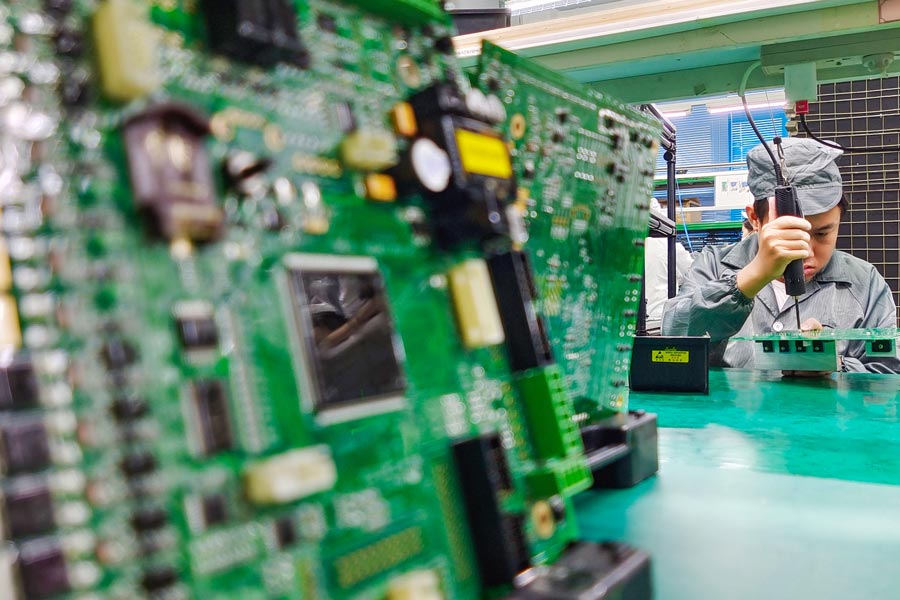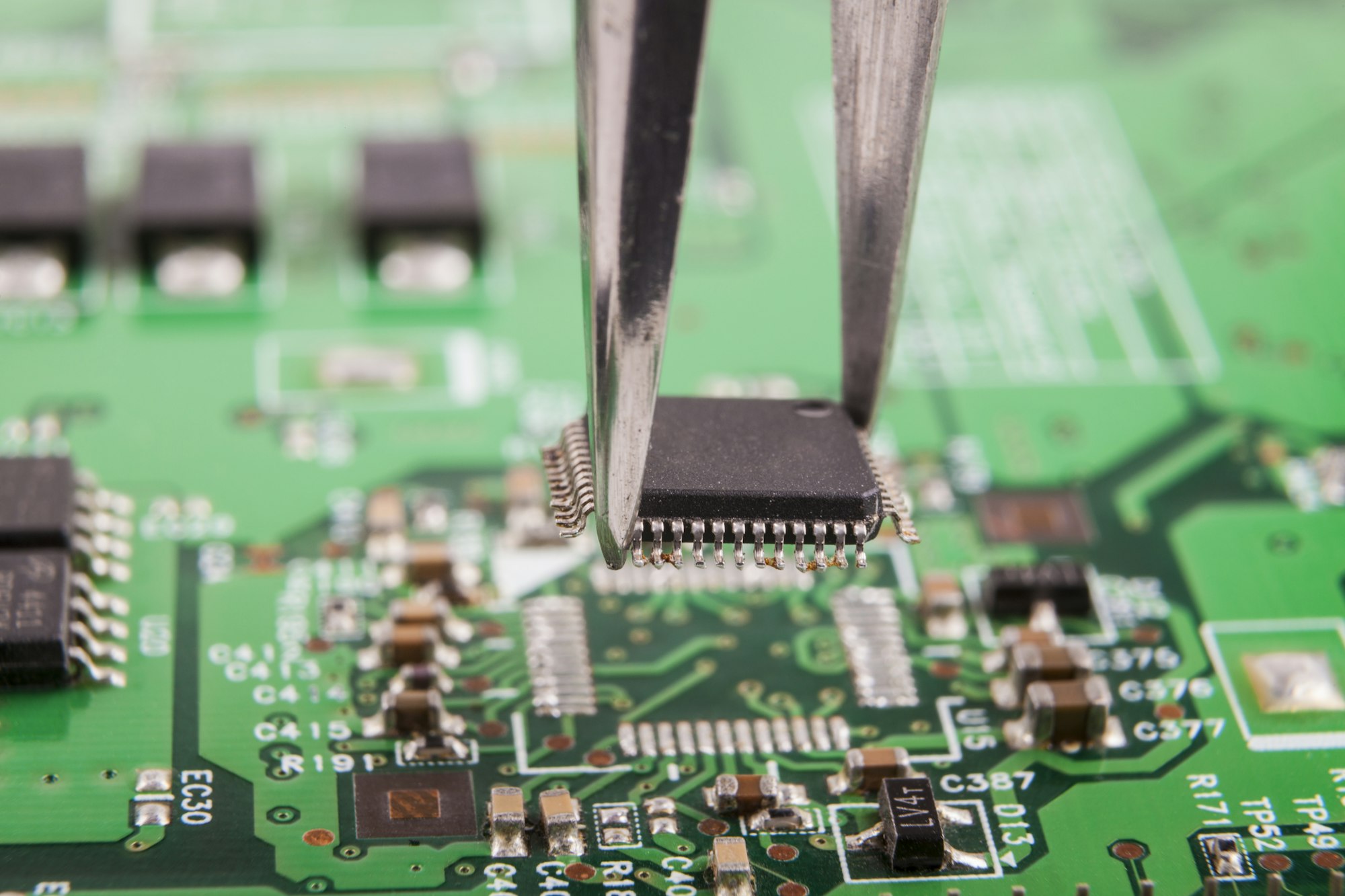Are there Any Mechanical Issues in PCB?
Yep! Mechanical issues in PCBs can have a big impact on their performance and durability. If you don’t deal with mechanical issues in your PCBs correctly, they might fail when you try to use them for real.
What are the most common Mechanical Issues in PCBs?
Warping and Flexing
One of the most prevalent mechanical problems seen in PCBs is flex or warp. This is when a PCB is bent or distorted, often due to thermal stress, mishandling or mechanical stress while it is up and running.
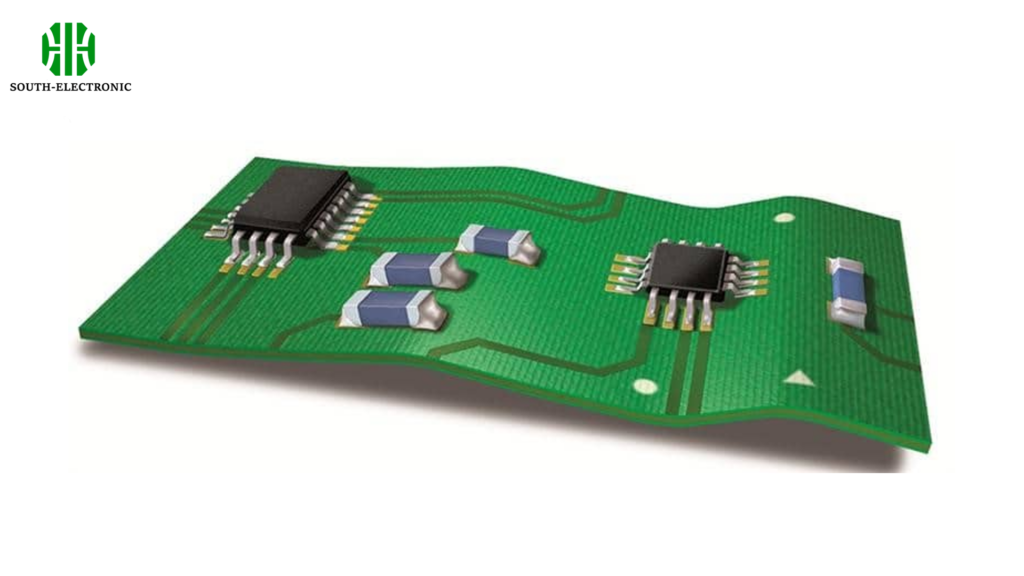
Causes of Warping
| Factor | Description | Prevention Tips |
| Thermal Stress | Uneven heating and cooling during operation. | Implement thermal management strategies. |
| Handling | Physical stress during handling and installation. | Train staff on proper handling protocols. |
| Support | Lack of structural support in design. | Design PCBs with adequate support points. |
Recommended Materials
- High-Temperature Laminates: Such as Polyimide and PTFE, which offer excellent thermal stability and mechanical strength.
- Metal Core PCBs: Provide better heat dissipation and rigidity, ideal for LED applications and power converters.
Environmental Stressors and Their Impacts on PCBs
PCBs are susceptible to various environmental factors that can precipitate mechanical and structural issues. PCBs are susceptible to various environmental factors that can precipitate mechanical and structural issues. Understanding these factors is key to mitigating potential failures.
| Stressor | Impact on PCB | Mitigation Strategy |
| Heat | Degradation of materials and solder joints. | Implement cooling systems. |
| Dust | Potential for short circuits and overheating. | Maintain clean assembly environments. |
| Moisture | Corrosion and reduced electrical integrity. | Use conformal coatings to protect PCBs. |
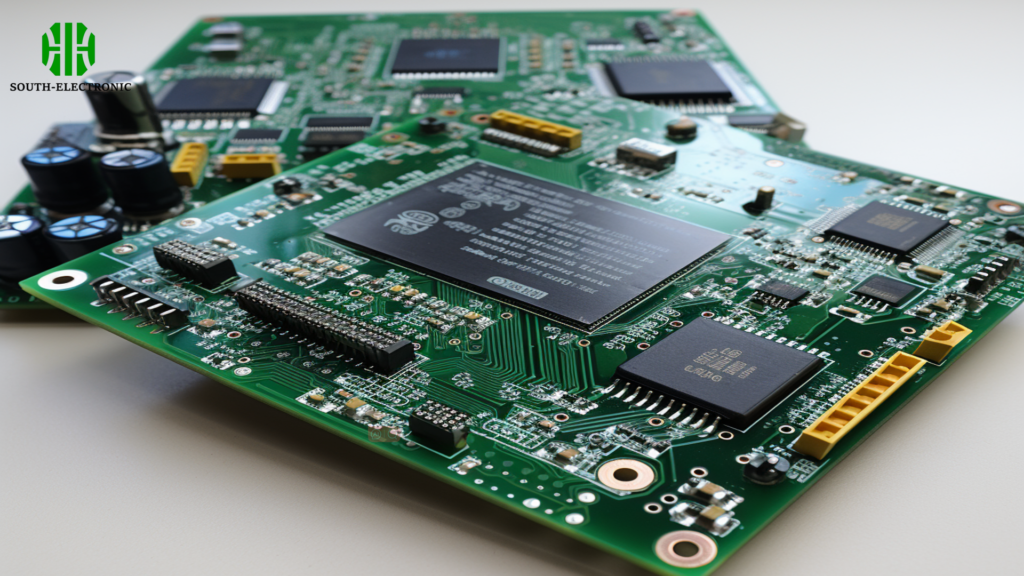
What role does PCB design play in minimizing mechanical failures?
In essence, a cleverly designed PCB is better equipped to avoid mechanical failures, ensuring it performs reliably for a longer time. Here’s a more detailed, point-by-point breakdown of how PCB design helps minimize mechanical failures:
- Component Placement: Proper placement ensures even weight distribution, reducing stress and preventing board bending.
- Trace Routing: Designing traces with gentle curves and avoiding narrow paths reduces the risk of cracking under stress.
- Material Selection: Choosing materials suited to the specific mechanical demands of the environment helps the PCB withstand flexing and other stresses.
- Mechanical Support Features: Including features like mounting holes and brackets in the design provides additional physical support to stabilize the PCB.
- Thermal Management: Accounting for thermal expansion in the design prevents material stress and potential failure due to temperature changes.
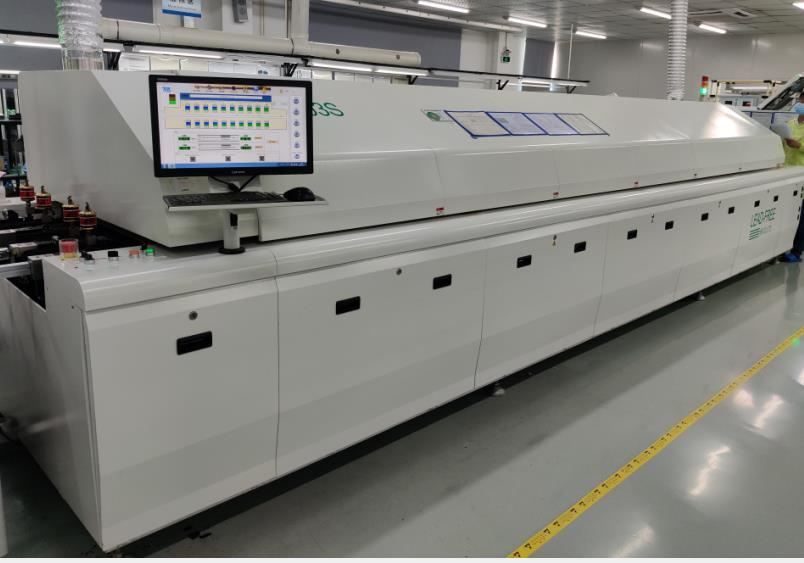
Conclusion
Addressing mechanical issues in PCBs is essential for ensuring the reliability and longevity of electronic devices. Proper design and handling are crucial to prevent these common failures and maintain optimal functionality.

